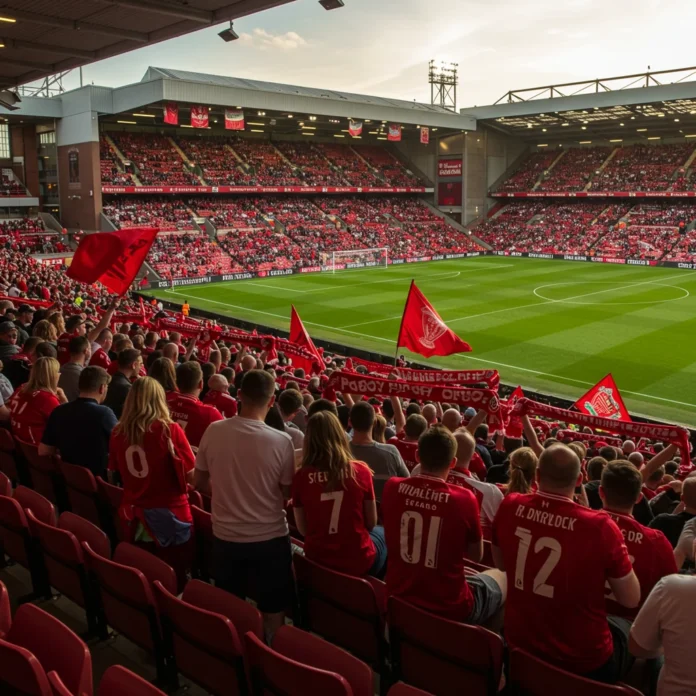Introduction: Liverpool Stadium – Where History Lives
Few places in the world of sport can match the atmosphere, tradition, and sheer emotional power of Liverpool Stadium. Every seat here holds a story — from unforgettable goals to the collective roar of supporters. As we trace the journey of this legendary venue, we’ll uncover how its walls and stands have witnessed triumph, heartbreak, and moments that define football itself.
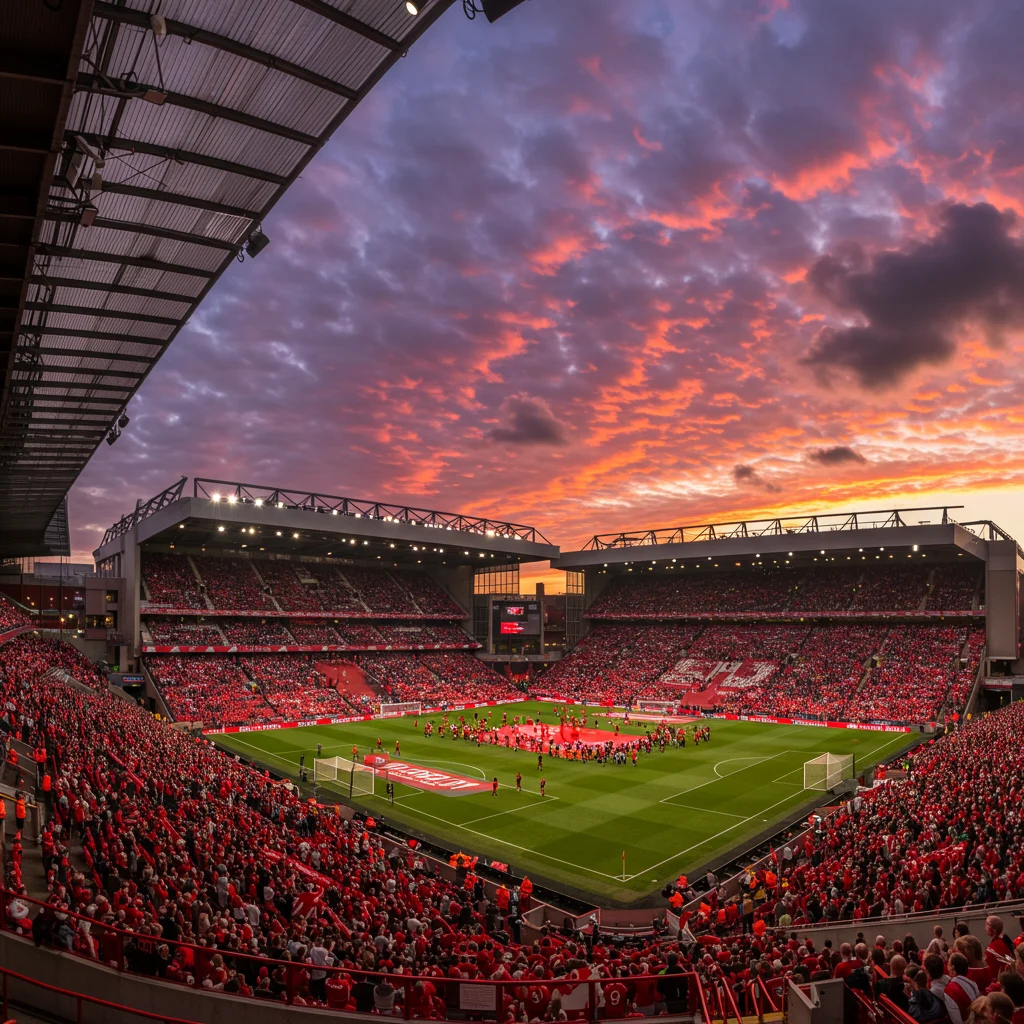
What Makes Liverpool Stadium So Iconic?
Liverpool Stadium, known globally as Anfield, is more than a football ground; it is a living symbol of the city’s identity and pride. The stadium’s unique energy comes from a blend of passionate fans, storied architecture, and a history that stretches back over a century. Visitors are greeted by the sounds of chanting, the sight of red scarves waving in unison, and a sense of anticipation that lingers in every corner.
![]()
What truly sets Liverpool Stadium apart is its ability to evoke emotion. From the first whistle to the final moments of a match, the unity between players and supporters is palpable, creating an environment that rivals the most celebrated arenas in world sport.
The Origins: When Was Liverpool Stadium Built?
The story of Liverpool Stadium began in the late 1800s, at a time when football was rapidly gaining popularity in England. The ground has evolved from humble beginnings into one of the sport’s most revered venues.
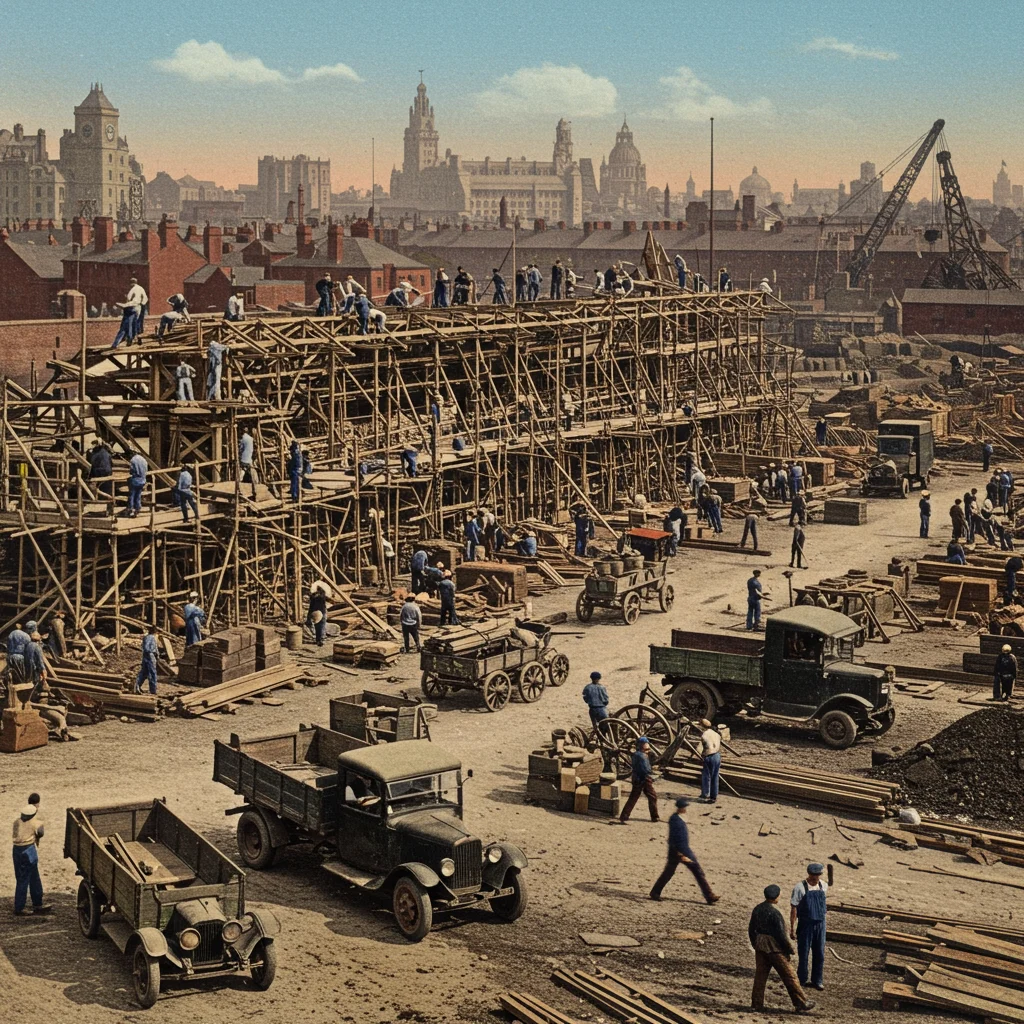
The Early Years: 19th Century Beginnings
Construction of the stadium commenced in 1884, originally intended as the home ground for Everton FC. The site was chosen for its accessibility and open space, and the first matches were played on a modest pitch surrounded by basic wooden stands. The air then was thick with coal smoke, and the shouts of early fans echoed across the terraces.
The Founding of Liverpool FC and Stadium Roots
A dispute in 1892 led Everton to relocate, leaving the ground vacant. This pivotal moment gave birth to Liverpool FC, with the newly-formed club quickly adopting Anfield as their home. The stadium’s roots are thus intertwined with the city’s footballing renaissance, setting the stage for generations of sporting drama.
Who Designed Liverpool Stadium?
The design of Liverpool Stadium is the work of several visionaries whose ideas have shaped its enduring character. Over the decades, architects and engineers have contributed innovative features that balance tradition with modernity.
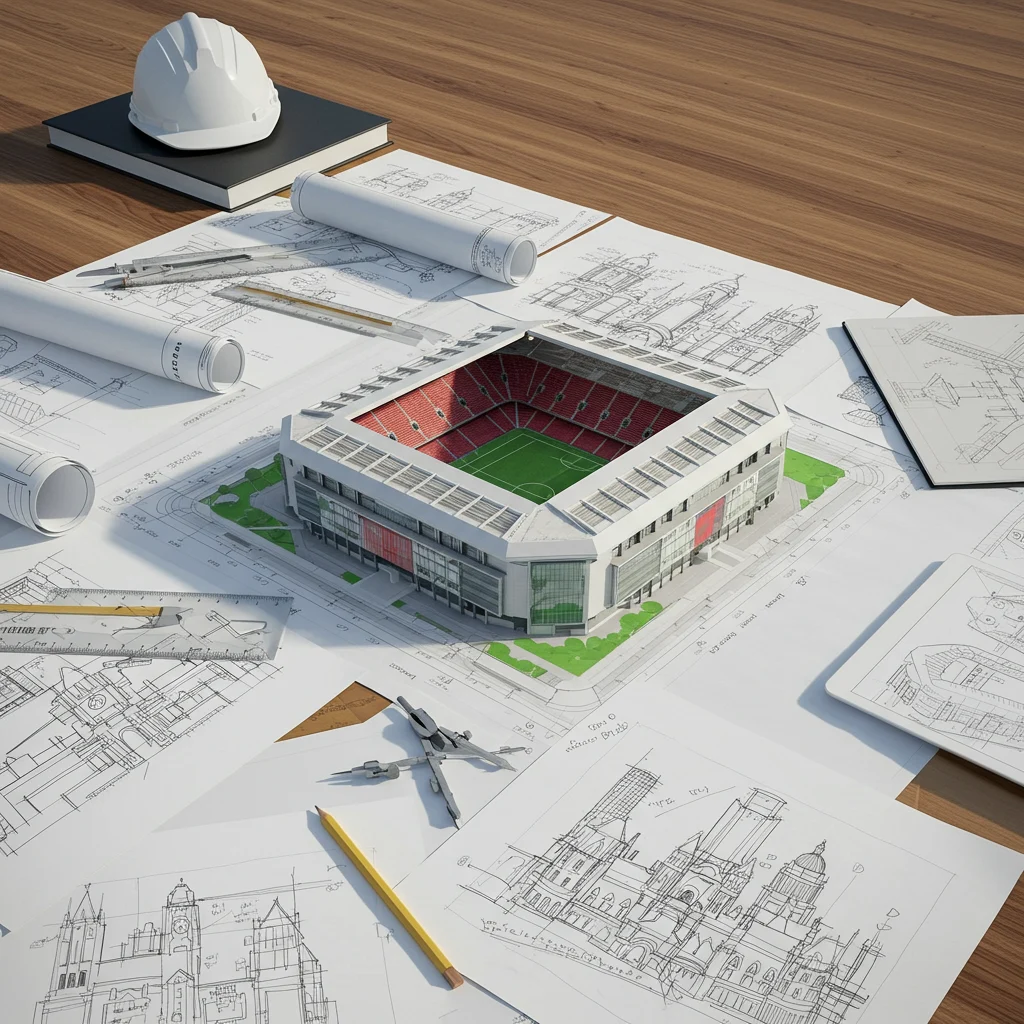
The Architectural Visionaries
Early developments were overseen by Archibald Leitch, a Scottish architect renowned for his work on football grounds across the UK. Leitch’s signature touches — such as distinctive latticework and functional stands — can still be seen in older sections of the stadium.
Key Design Elements from the Start
From the outset, the focus was on sightlines and acoustics, ensuring every supporter could see and feel the action. Brick facades, ironwork, and steep terraces combined to create both a fortress for the team and a welcoming space for the community.
Evolution Through the Decades: Major Renovations
Liverpool Stadium has undergone several transformations, each reflecting the changing needs of the club and its supporters. The journey from Victorian terraces to a modern arena is a testament to resilience and ambition.
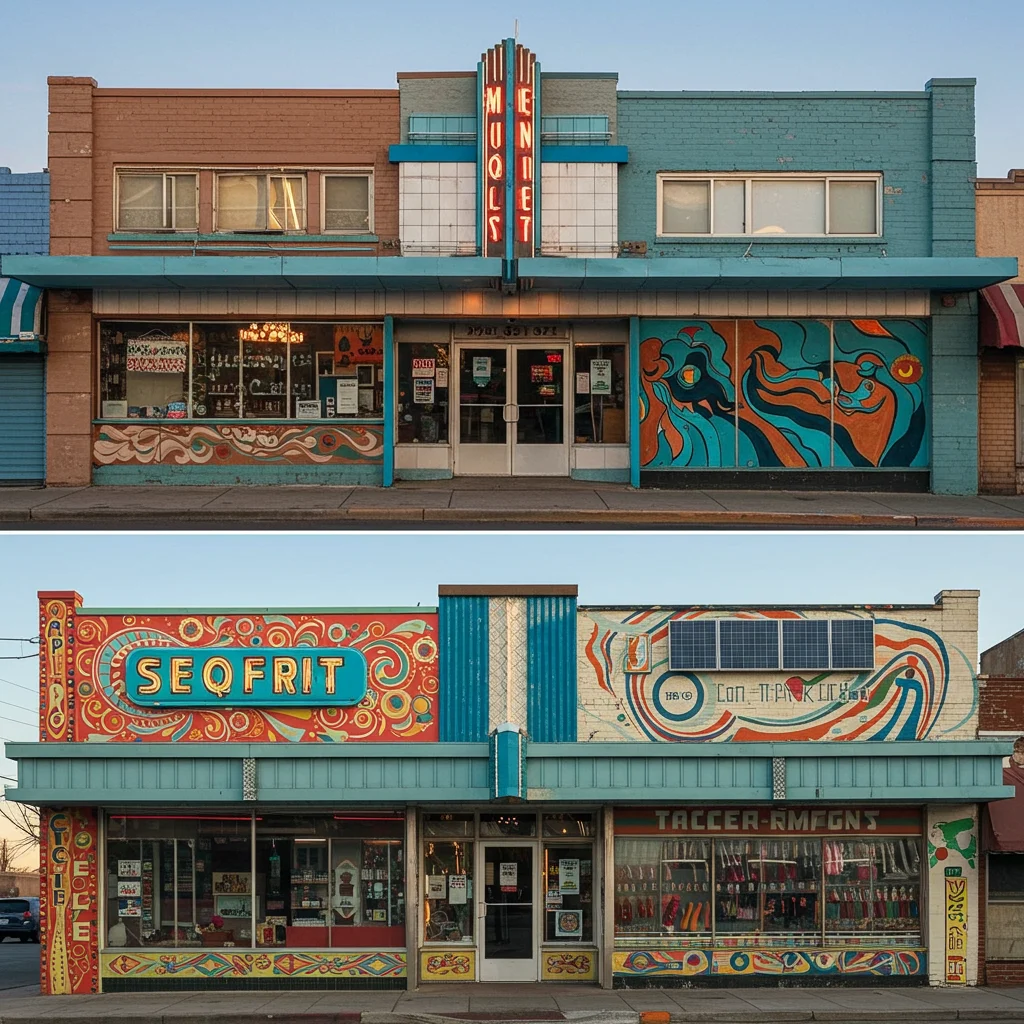
Stadium Expansions and Upgrades Over Time
Periodic expansions have kept the stadium at the forefront of English football. From the earliest wooden stands to contemporary seating, each renovation has added a new layer to its story.
The 1920s: Early Growth and Modernization
In the 1920s, increased attendance prompted the construction of larger stands, notably the original Spion Kop. This era saw the introduction of concrete terraces and enhanced facilities, accommodating the swelling ranks of loyal fans.
Post-War Developments
After World War II, attention turned to safety and comfort. Floodlights were installed, allowing for thrilling night matches, while seating upgrades improved the matchday experience. The stadium began to resemble the iconic ground we recognize today.
The 1980s and 1990s: Modern Era Transformations
The late 20th century brought significant change, with a shift towards all-seater stadiums following national safety recommendations. The redevelopment of the Kemlyn Road Stand and improvements to player facilities marked a new chapter for Anfield.
Recent Redevelopments and the New Main Stand
In recent years, the addition of the new Main Stand has transformed the stadium’s skyline and capacity. State-of-the-art amenities, hospitality suites, and improved accessibility have elevated Anfield into a world-class venue, while still preserving its historic soul.
Anfield or Liverpool Stadium? Understanding the Name
Many visitors wonder why Liverpool Stadium is more commonly called Anfield. The answer lies in the ground’s deep connection to its surroundings and the community it serves.
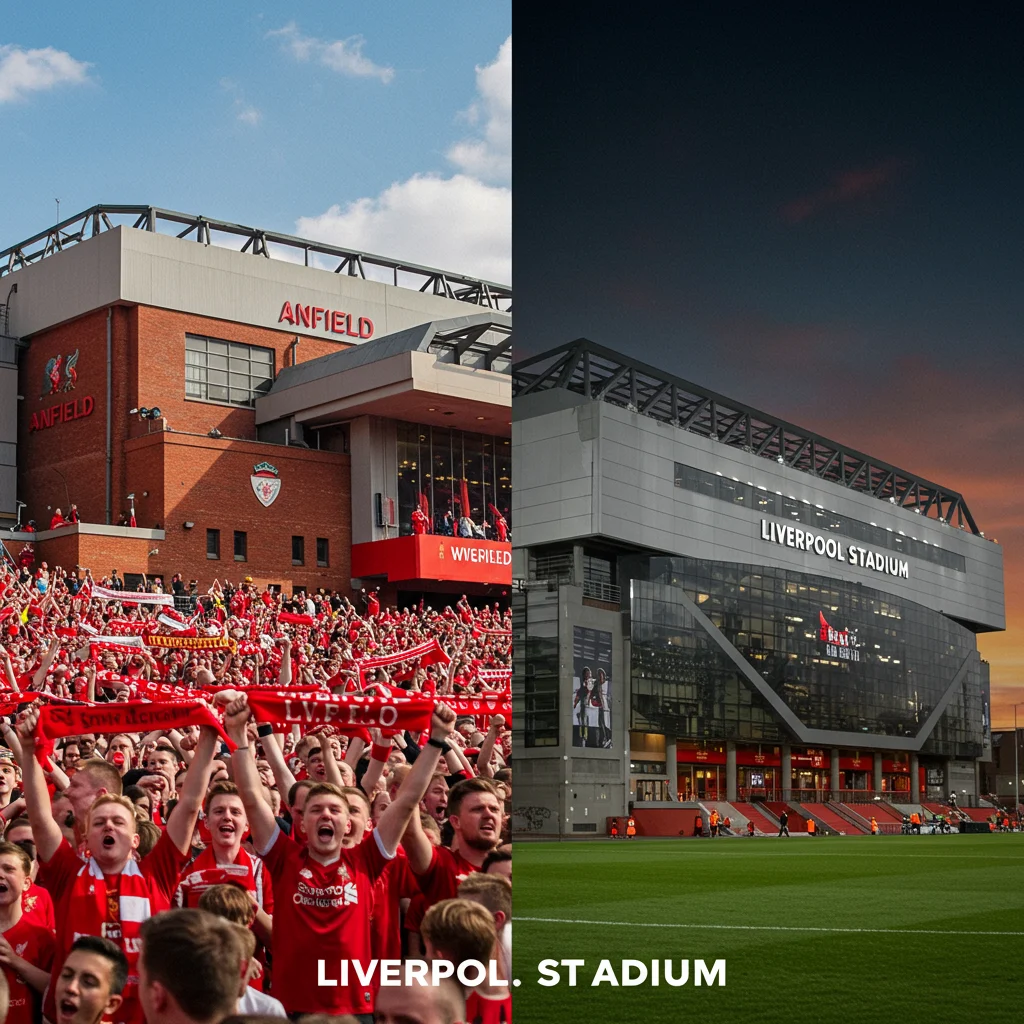
Why Is It Called Anfield?
The stadium takes its name from the Anfield district of Liverpool, where it has stood for well over a century. The name evokes a sense of place and heritage, instantly recognizable to football fans worldwide.
The Neighborhood and Its Influence
The Anfield area has shaped the identity of the stadium and its club. Local traditions, businesses, and residents contribute to the matchday atmosphere, making every visit a uniquely Liverpool experience. For a closer look at this vibrant area, we explored its significance in our post on Anfield Road: Liverpool’s Heartbeat of Football.
The Four Stands: What Makes Each Unique?
Liverpool Stadium is defined by its four remarkable stands, each with its own character, stories, and traditions. Together, they create the unforgettable matchday experience that supporters cherish.
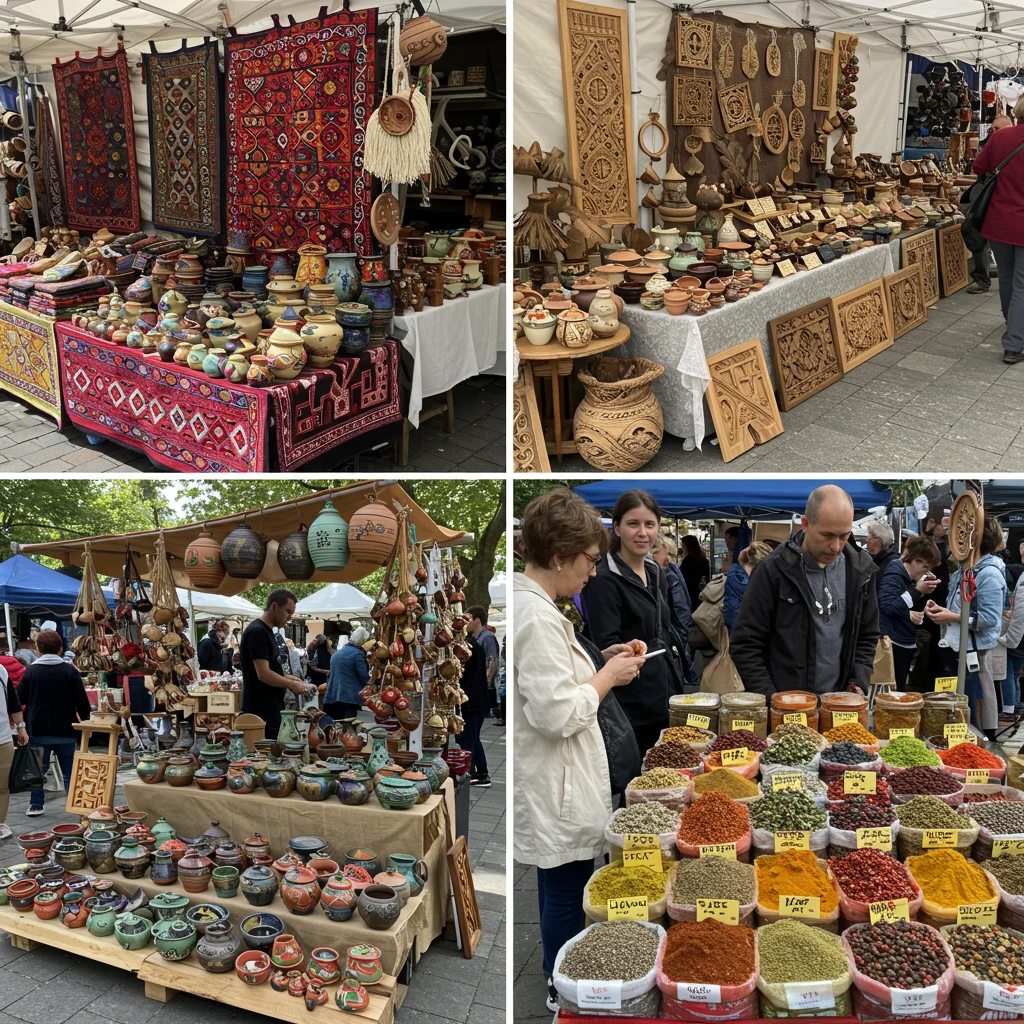
The Kop: Heartbeat of Liverpool
The Kop is perhaps the most famous stand in world football, revered for its passionate supporters and electric atmosphere.
Why Is the Kop So Famous?
The Kop’s reputation stems from its ability to generate overwhelming noise and support. On matchdays, the sea of red scarves and banners sways rhythmically, urging the team forward. The energy here is known to intimidate visiting teams and inspire unforgettable performances.
Memorable Moments in the Kop
Countless magical moments have unfolded in front of the Kop, from last-minute winners to emotional tributes. The collective voice of thousands singing “You’ll Never Walk Alone” creates an atmosphere that lingers long after the final whistle.
The Main Stand: A Modern Marvel
The Main Stand is a testament to Anfield’s commitment to progress. Its contemporary design blends seamlessly with the stadium’s traditional elements.
Features of the New Main Stand
The stand boasts panoramic views, premium seating, and cutting-edge hospitality areas. On a clear day, visitors can see across Liverpool’s skyline, adding to the sensory impact of attending a match here.
Legends Associated with the Main Stand
Over the years, the Main Stand has been the stage for many of Liverpool’s greatest players and managers, each leaving an indelible mark on the club’s history.
The Sir Kenny Dalglish Stand: A Tribute
This stand honors one of Liverpool FC’s most beloved figures, symbolizing excellence and loyalty.
Who Was Kenny Dalglish?
Kenny Dalglish is a legendary player and manager whose achievements have shaped the club’s legacy. Known for his skill, leadership, and unwavering dedication, Dalglish remains an inspiration to generations of supporters.
History Behind the Stand’s Name
The stand was renamed in 2017 to recognize Dalglish’s extraordinary contributions, both on and off the pitch. It serves as a lasting tribute to his impact on Liverpool FC and the wider football community.
The Anfield Road End: The Fans’ Gateway
The Anfield Road End is the gateway for visiting supporters and a focal point for future development.
Planned Expansions and Future Vision
Ongoing plans aim to increase capacity and improve facilities, reflecting the club’s ambition to remain at the forefront of the sport. The vision for this stand ensures that Anfield will continue to welcome fans from around the world for generations to come.
The Seats: Stories Carved in Every Row
Each seat at Liverpool Stadium is a silent witness to decades of footballing history. From first-time visitors to lifelong season ticket holders, every row has seen moments of jubilation and heartbreak.
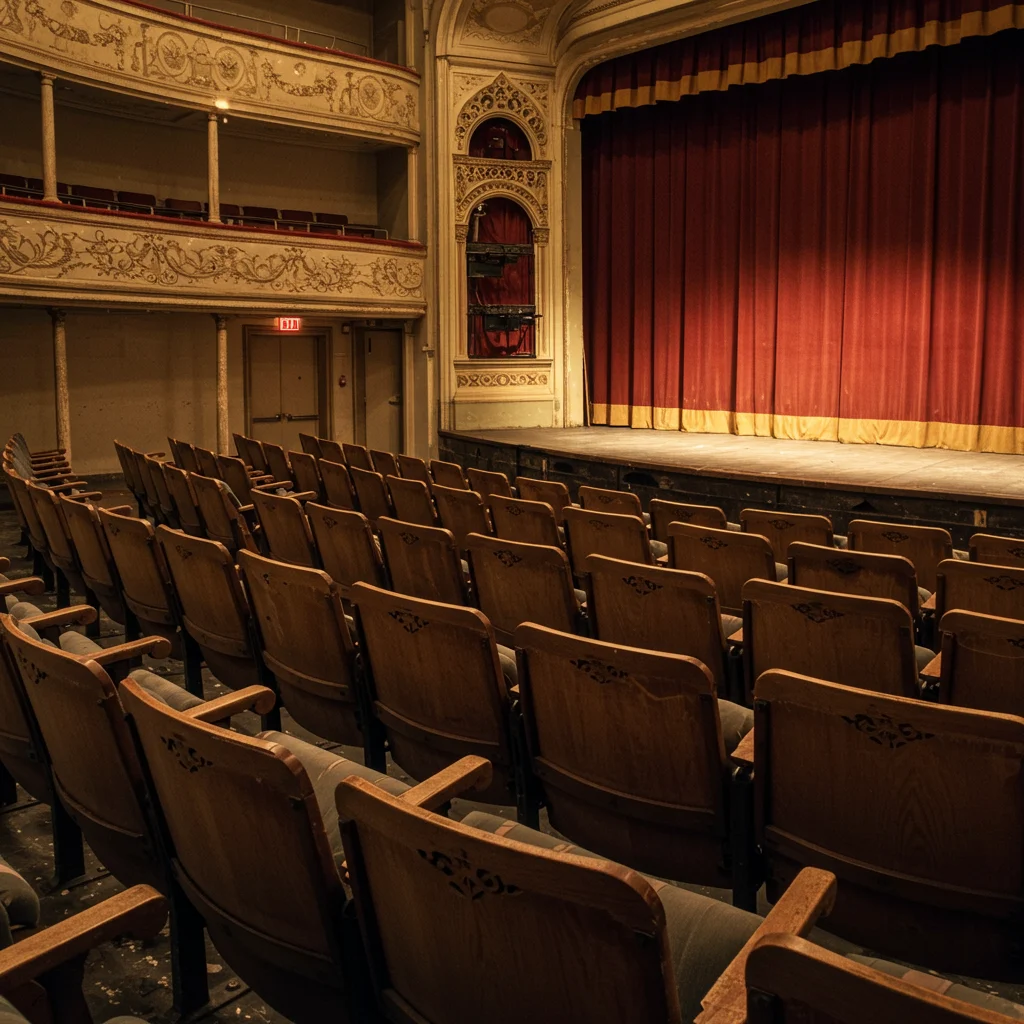
What Do the Seats Represent?
The seats symbolize a community united by passion. They have supported generations of fans, some of whom have sat in the same spot for decades, passing their love for the club down through families.
Famous Fans and Their Favorite Spots
Over the years, the stadium has welcomed celebrities, local heroes, and global icons, each with their own favorite vantage point. Some fans are known by name and seat number, celebrated as much for their loyalty as for the memories they’ve created in their chosen rows.
Historic Matches: Games That Shaped the Stadium
Liverpool Stadium has played host to some of football’s most dramatic matches, each adding a new chapter to its rich history.
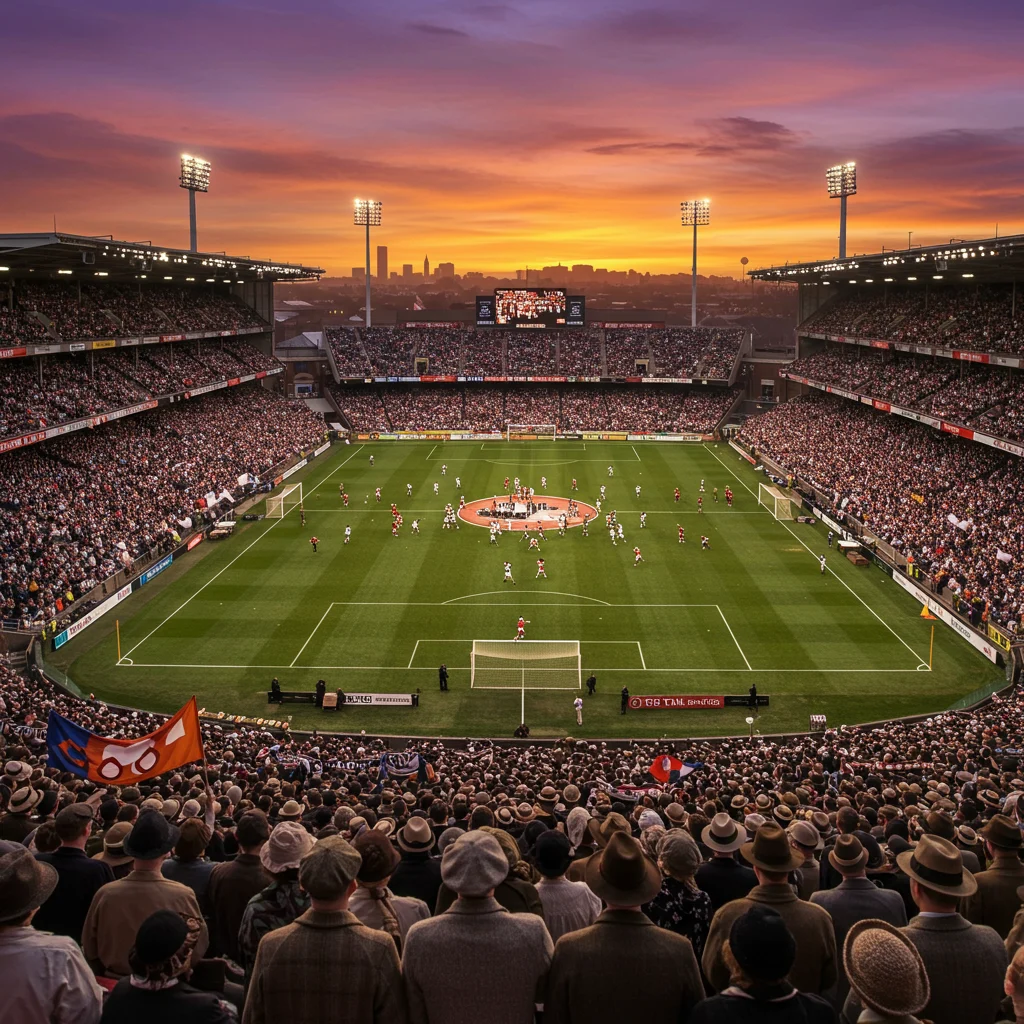
European Nights: Anfield Under the Lights
European nights at Anfield are legendary. The air crackles with anticipation, and the stadium is bathed in a golden glow as supporters sing and cheer. These evenings have produced unforgettable victories and magical moments that echo far beyond Liverpool.
Legendary Domestic Clashes
From fierce local derbies against Everton to title-deciding encounters with Manchester United, Liverpool Stadium has witnessed the full spectrum of football drama. Each match leaves a lasting impression on those fortunate enough to attend.
Unforgettable Comebacks and Upsets
Anfield is synonymous with incredible comebacks. The 2005 Champions League semi-final against Chelsea and the miraculous turnaround against Barcelona in 2019 are etched into football folklore. The collective belief and noise generated by the crowd have often helped turn the tide in Liverpool’s favor.
The Atmosphere: What Makes It So Special?
The atmosphere at Liverpool Stadium is renowned for its intensity, unity, and emotional depth. Supporters play a vital role in creating an environment that few stadiums can replicate.

The Role of the Supporters
Fans arrive hours before kickoff, filling the air with songs, laughter, and anticipation. The collective voice of the crowd amplifies every pass, tackle, and goal, forging a powerful connection between the stands and the pitch.
As experts often say:
“Anfield isn’t just a stadium; it’s a cathedral of football where the faith of the supporters lifts the team beyond its limits.”
How Does the Stadium Affect Team Performance?
The home advantage at Liverpool Stadium is legendary. Players frequently cite the influence of the crowd as a decisive factor, and visiting teams often find the atmosphere overwhelming. The synergy between team and supporters has contributed to countless memorable victories.
‘You’ll Never Walk Alone’: The Anthem and Its Legacy
No discussion of Liverpool Stadium is complete without mentioning its anthem, “You’ll Never Walk Alone.” This song has become a symbol of solidarity and hope for supporters worldwide.

Origins of the Song at Anfield
The tradition began in the 1960s, when the song was adopted by fans as a rallying cry. Its lyrics resonate deeply, offering comfort during difficult times and amplifying the joy of victory.
The Anthem’s Impact on Fans and Players
The collective singing of “You’ll Never Walk Alone” before each match is a moving spectacle, often bringing players and fans to tears. This ritual strengthens the bond within the Liverpool community and has inspired clubs and supporters around the world.
Stadium Tours: Experiencing History Firsthand
For those eager to experience the magic up close, Liverpool Stadium tours offer unparalleled access to the club’s storied past and vibrant present.
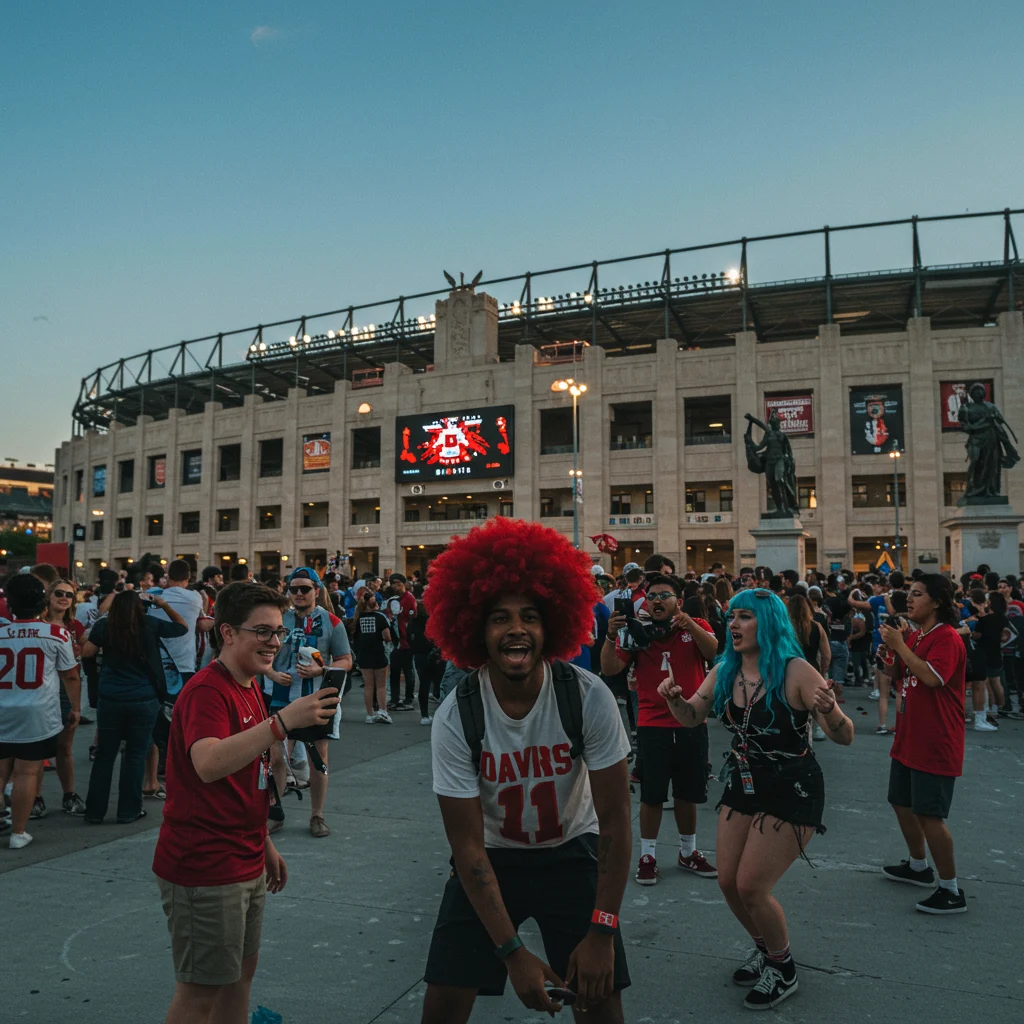
What Can Visitors Expect on a Tour?
Guided tours take visitors through the player tunnel, dressing rooms, and press areas. Standing pitchside, guests can imagine the roar of the crowd and the tension of matchday, making for an unforgettable experience.
Behind-the-Scenes Access
Tours also reveal hidden corners of the stadium, from the directors’ box to the legendary Kop. Knowledgeable guides share anecdotes and insights, bringing the history of Liverpool FC to life for fans of all ages. For those who enjoy exploring iconic venues, our post about Inside the Colosseum: Arena Floor & Forum Small Group Tour offers another perspective on historic sporting arenas.
The Liverpool FC Museum: Preserving the Legacy
Adjacent to the stadium, the Liverpool FC Museum showcases the club’s illustrious history through interactive displays, artifacts, and multimedia exhibits.
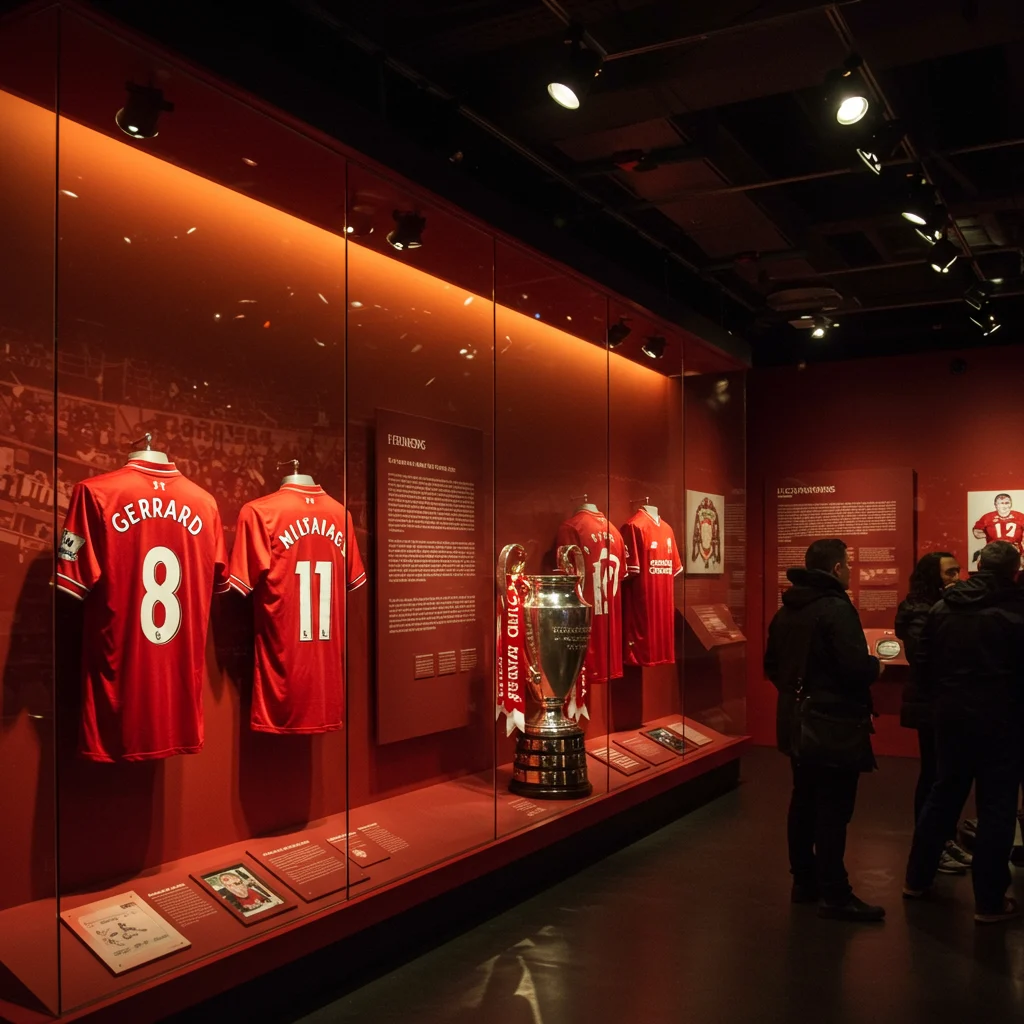
Key Exhibits and Artifacts
Visitors can view a dazzling array of trophies, match-worn shirts, and memorabilia from legendary matches. Historic photographs and film clips immerse guests in the drama and triumphs of Liverpool FC.
Interactive Experiences for Fans
The museum offers hands-on exhibits, quizzes, and games that engage supporters of all ages. Fans can relive classic moments, test their knowledge, and even pose with replicas of famous trophies.
Legends of Anfield: Players Who Left Their Mark
The halls of Liverpool Stadium are filled with stories of extraordinary players and managers who have shaped the club’s destiny.
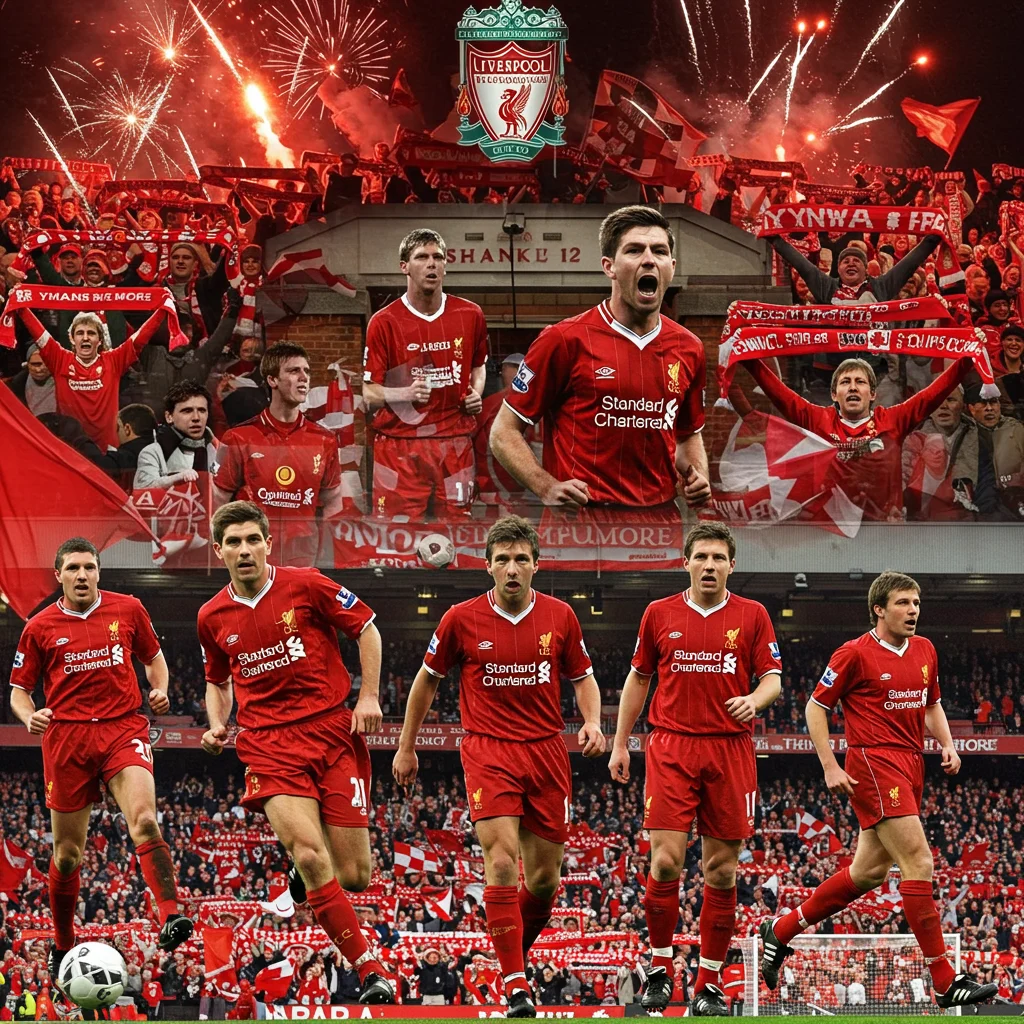
Who Are the Greatest Players in Anfield History?
Icons such as Steven Gerrard, Kenny Dalglish, Ian Rush, and John Barnes are celebrated for their skill, leadership, and unforgettable contributions. Each has inspired future generations and earned a place in Liverpool’s collective memory.
Managers Who Changed the Course of History
Visionary managers like Bill Shankly, Bob Paisley, and Jürgen Klopp have left a lasting legacy, guiding the club to domestic and European glory. Their commitment and vision have defined eras of unprecedented success.
The Hillsborough Memorial: Honoring the 96
The Hillsborough Memorial stands as a solemn reminder of the 96 supporters who tragically lost their lives in 1989. It is a place of reflection and respect, central to the identity of Liverpool FC.
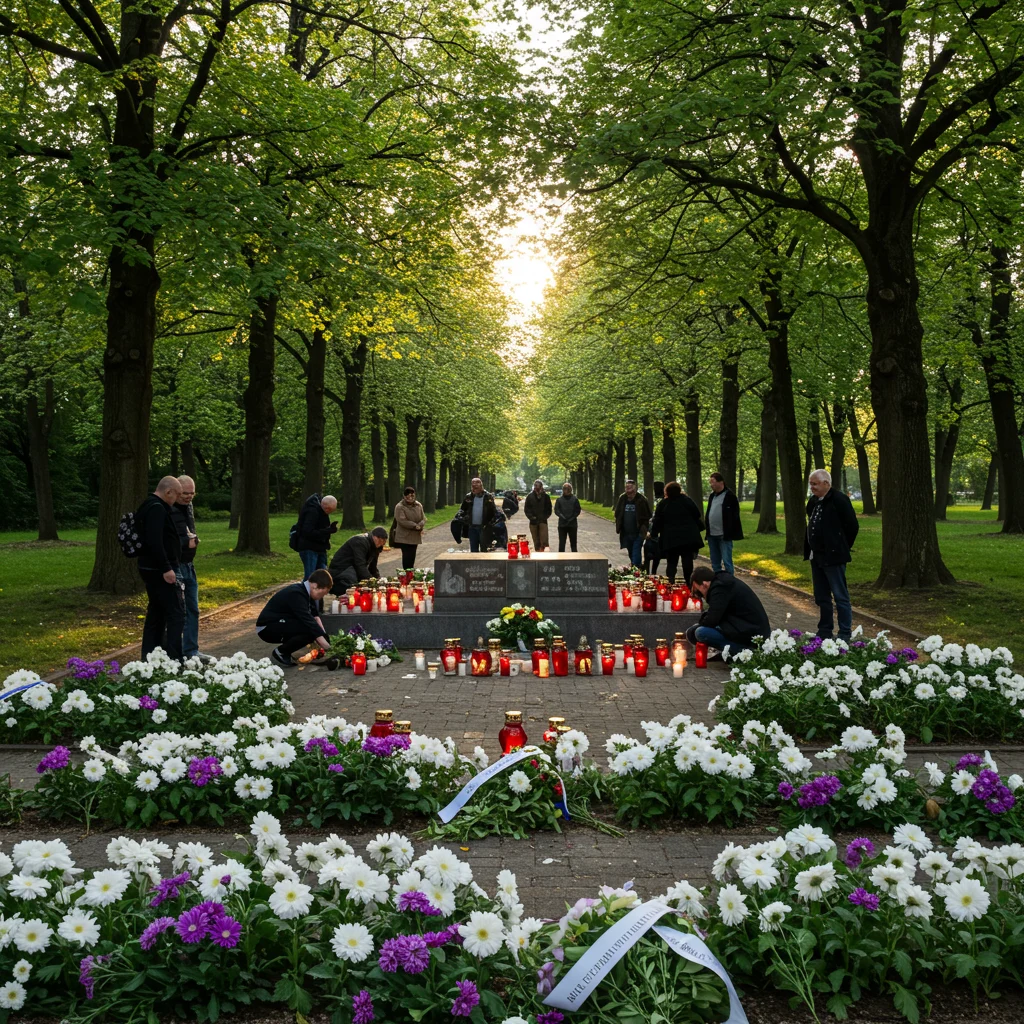
The Story Behind the Memorial
The memorial, located outside the stadium, features the names of each victim and a perpetual flame. It serves as a gathering point for remembrance and solidarity within the Liverpool community.
Annual Remembrance Traditions
Each year, supporters, players, and staff come together for a moment of silence and reflection. These traditions reinforce the values of unity, compassion, and respect that define Liverpool FC.
Fan Culture: Rituals and Superstitions
The culture surrounding Liverpool Stadium is rich with rituals, superstitions, and traditions that make every matchday a unique event.
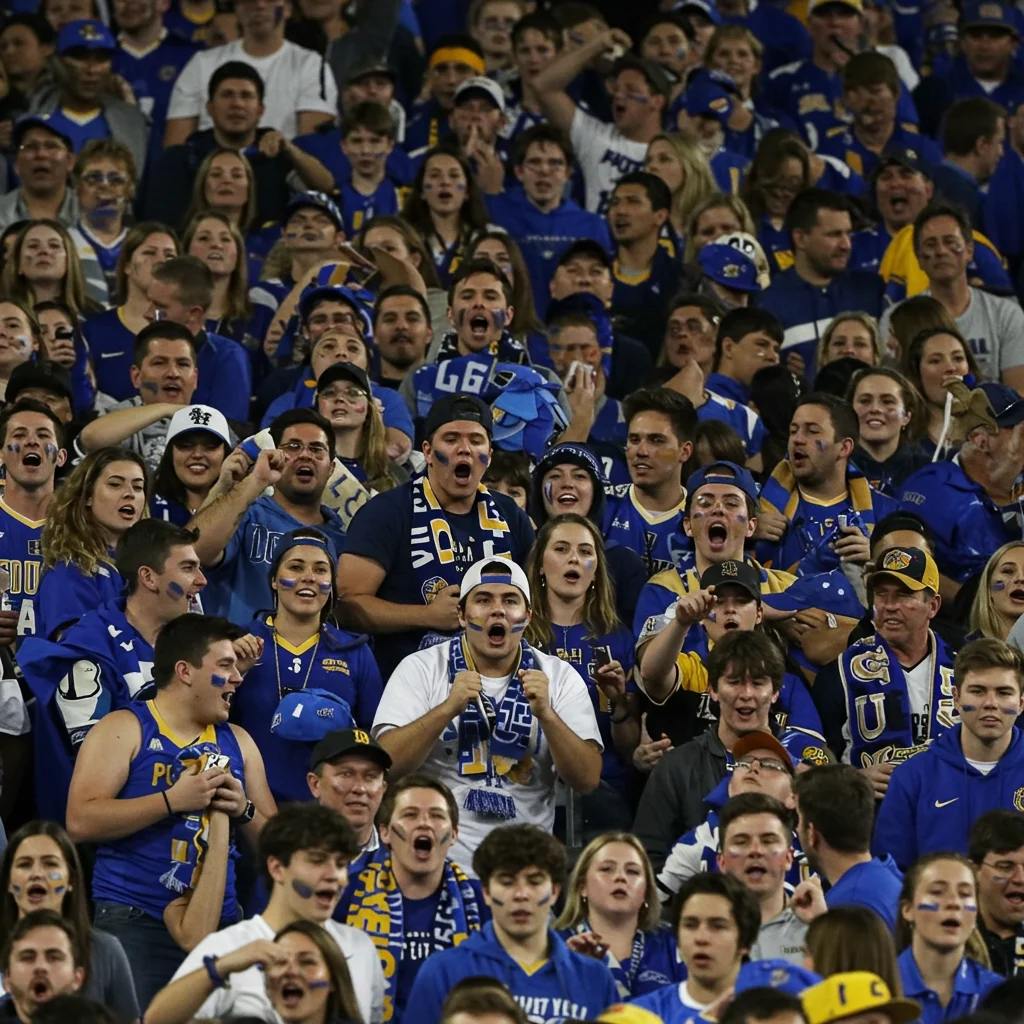
Pre-Match Traditions
Supporters gather in local pubs, sing club anthems, and walk together to the stadium. Many fans follow personal rituals, believing these small acts bring good fortune to the team.
Famous Chants and Banners
The stands are adorned with colorful banners celebrating the club’s history and heroes. Chants and songs, passed down through generations, create a sense of belonging and identity for all who attend.
Liverpool Stadium in Popular Culture
Liverpool Stadium has become an enduring symbol in film, television, music, and literature, further cementing its status as a cultural landmark.
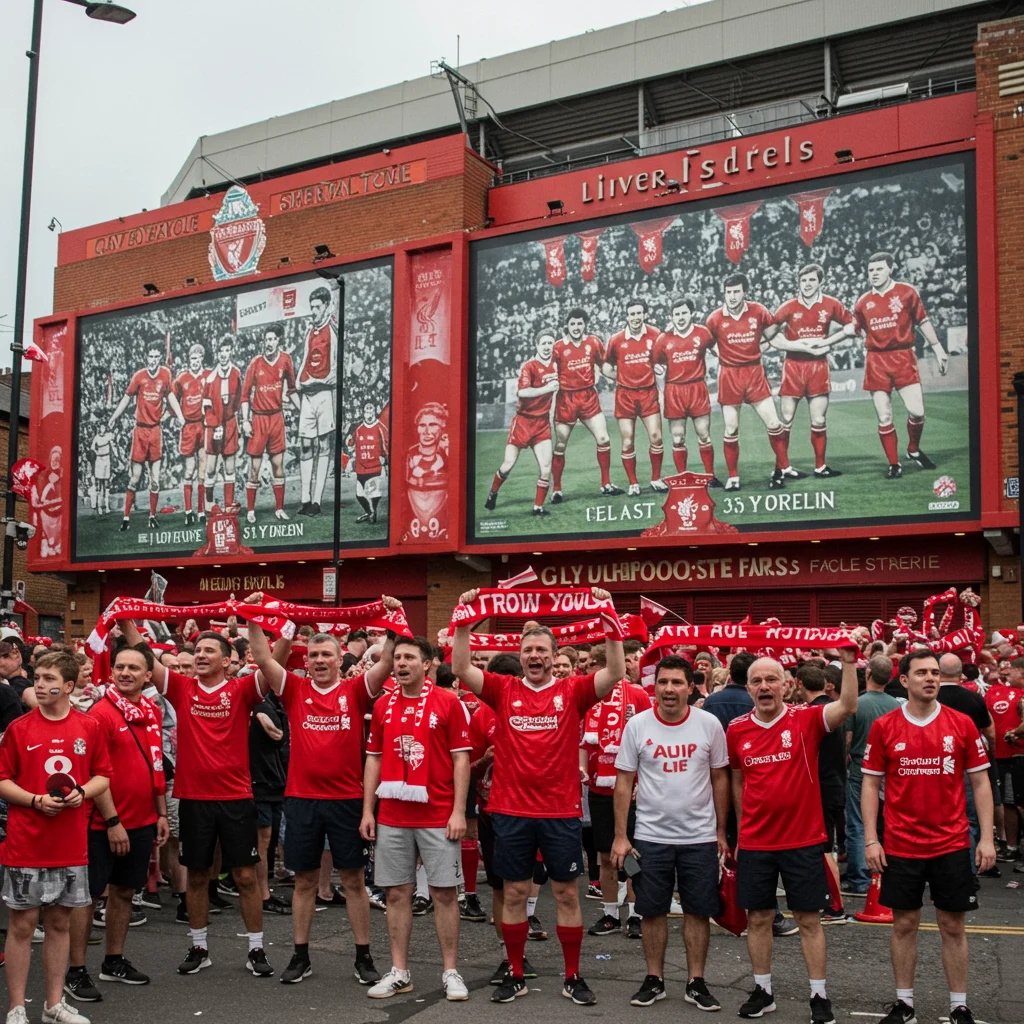
Appearances in Film and Television
The stadium has featured in documentaries, feature films, and television series, often serving as a backdrop for stories of hope, rivalry, and achievement. Its iconic silhouette and matchday scenes are instantly recognizable to audiences worldwide.
References in Music and Literature
Numerous songs and books pay tribute to Anfield’s magic. Musicians and writers alike have drawn inspiration from the passion and drama that unfold within its walls, weaving the stadium into the fabric of Liverpool’s creative life.
Community Impact: The Stadium Beyond Football
Liverpool Stadium plays a central role in the local community, extending its influence far beyond football.

Charity Initiatives and Outreach
The club supports a range of charitable programs, including youth development, health initiatives, and educational outreach. These efforts strengthen ties between the stadium and the people of Liverpool, making a positive difference in countless lives.
Local Economic Effects
Matchdays bring significant economic benefits to the area, supporting local businesses and creating jobs. The ongoing development of the stadium ensures that its impact continues to grow, supporting the city’s prosperity and well-being.
Sustainability and the Future of Liverpool Stadium
Liverpool Stadium is committed to sustainability and environmental stewardship, setting an example for sports venues worldwide.
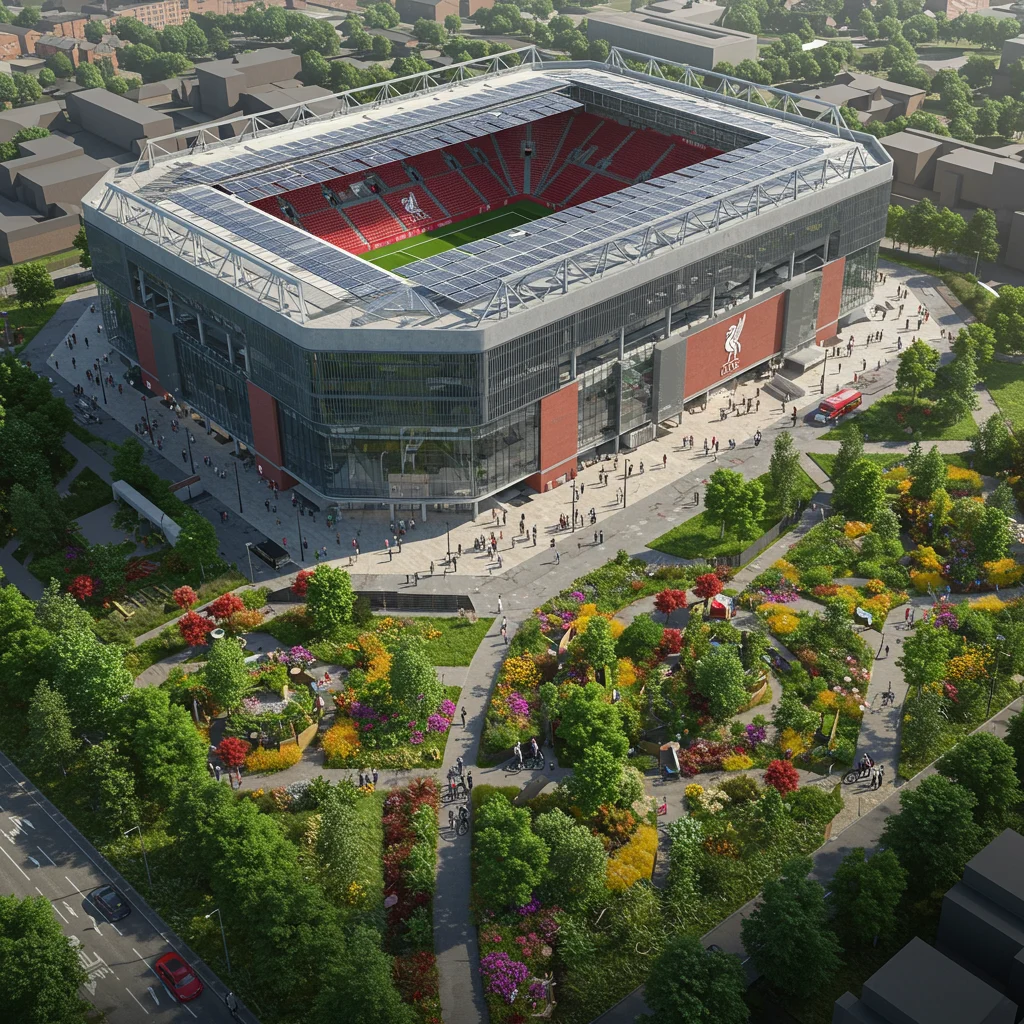
Eco-Friendly Initiatives
Recent upgrades include energy-efficient lighting, waste reduction programs, and sustainable catering options. The club works closely with local organizations to minimize its environmental footprint and promote green practices.
Plans for Further Development
Looking ahead, the club aims to further expand capacity and enhance facilities, ensuring that the stadium remains a world-class venue. The ongoing commitment to sustainability will guide these future developments.
How to Visit: Ticketing, Access, and Tips
Planning a visit to Liverpool Stadium is an exciting experience, whether attending a match or taking a tour. Preparation is key to making the most of your trip.

Best Ways to Get to the Stadium
The stadium is easily accessible by public transport, with frequent buses and trains serving the area. Many fans enjoy walking from the city center, soaking in the pre-match buzz along the way. For those arriving by car, nearby parking options are available, though spaces fill quickly on matchdays.
Accessibility for All Fans
The stadium offers a range of facilities for disabled supporters, including accessible seating, restrooms, and assistance on arrival. Staff members are trained to provide support, ensuring that every visitor feels welcome and comfortable. For more tips on enjoying a football matchday, our article on Arsenal Stadium: Beyond the Matchday Rush offers practical advice for fans across the country.
Where to Eat and Drink Near Liverpool Stadium
Matchday wouldn’t be complete without sampling the local food and drink. The area around Liverpool Stadium boasts a wide variety of options to suit every taste.
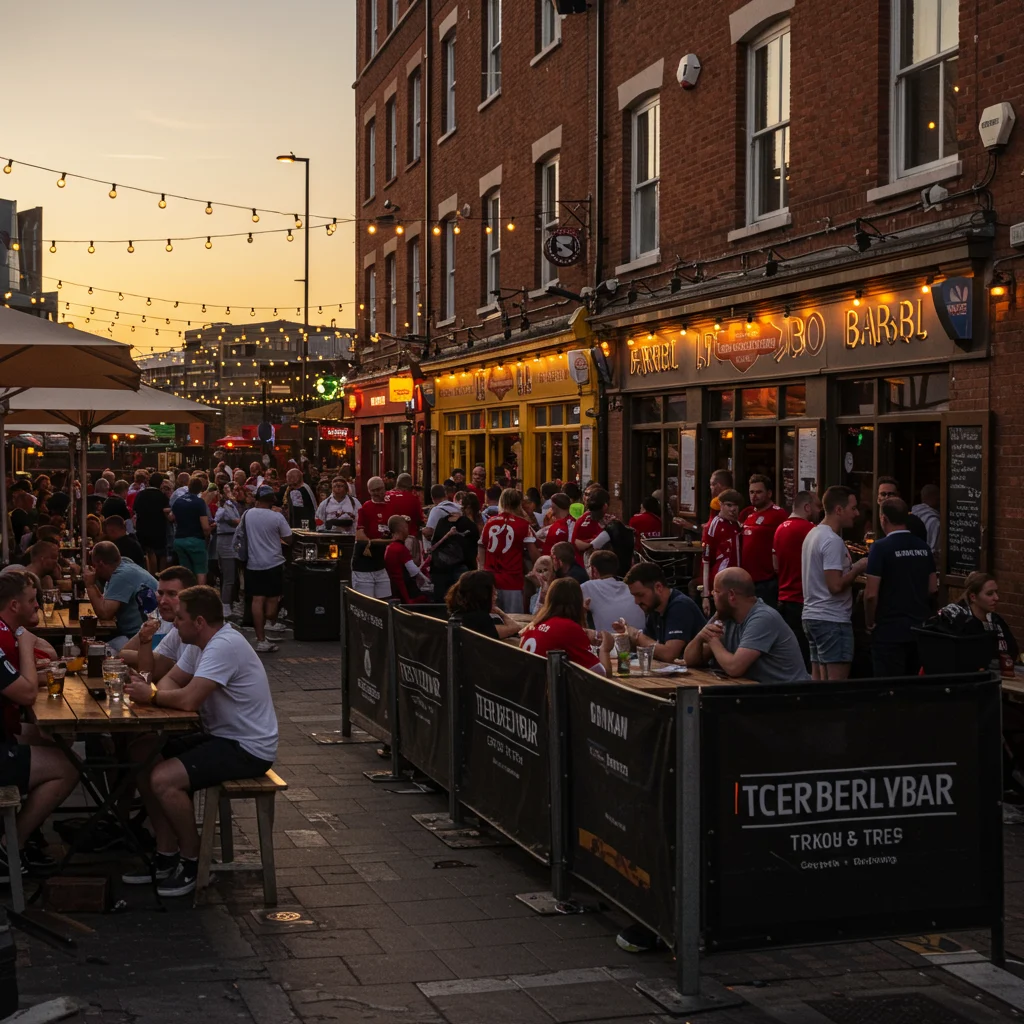
Famous Pubs and Eateries
Traditional pubs such as The Sandon and The Park are favorites for pre- and post-match gatherings. These venues serve classic British fare alongside local ales, creating the perfect setting for lively conversation and camaraderie.
Fan Zones and Matchday Food
Fan zones offer street food, live music, and entertainment for supporters of all ages. From hearty pies to international cuisine, there’s something to satisfy every craving. The aromas of grilling meat and freshly baked pastries fill the air, adding to the sensory excitement of matchday.
Liverpool Stadium vs Other Iconic Football Grounds
Football fans often compare Liverpool Stadium to other legendary venues. Each has its own unique atmosphere and history, but Anfield’s blend of tradition and innovation places it in a league of its own.
![]()
How Does Anfield Compare to Old Trafford and Stamford Bridge?
While Old Trafford and Stamford Bridge offer impressive facilities and storied pasts, Anfield’s intimacy and fervor are unmatched. The proximity of the stands to the pitch and the unwavering support of the fans create a sense of unity rarely found elsewhere.
What Sets Liverpool Stadium Apart Globally?
Anfield’s global reputation is built on its history, community spirit, and unforgettable matchday experiences. It stands alongside historic arenas such as Rome’s Colosseum, which we highlighted in our feature on Rome’s Colosseum Arena Floor: Explore Ancient Glory, as a venue where passion and tradition converge.
FAQs About Liverpool Stadium
First-time visitors often have questions about the stadium’s facilities, history, and matchday logistics. Here, we address some of the most frequently asked queries.

Most Common Questions from First-Time Visitors
- Can I take photos during the stadium tour? Yes, photography is encouraged in most areas, though some restrictions apply in the dressing rooms.
- Are there family-friendly areas? The stadium offers designated family sections and activities for younger fans.
- How early should I arrive on matchday? Arriving at least an hour before kickoff is recommended to soak in the atmosphere and avoid queues.
Stadium Myths and Facts
Over the years, many myths have grown around Anfield, from secret tunnels to tales of haunted stands. While some are pure folklore, others are rooted in the stadium’s rich and eventful history.
How to Book on Viator
Booking a Liverpool Stadium tour or matchday experience is straightforward with Viator. This platform allows visitors to find tours, check availability, and secure tickets with ease. Plan your trip in advance to guarantee your spot and make the most of your visit.

Viator offers a variety of options tailored to different interests, from behind-the-scenes tours to premium hospitality packages. For those seeking a seamless booking experience, book activities directly through their secure platform.
Conclusion: Why Every Seat Has a Story
Liverpool Stadium is more than a place to watch football; it is a living chronicle of hope, resilience, and community. Every seat is etched with memories, from legendary goals to shared moments of joy and sorrow. As we reflect on its storied past and vibrant present, we are reminded that the spirit of Anfield lives in its people — the players, the fans, and the city itself.

For those inspired to experience this legacy firsthand, Izase is dedicated to helping you uncover the best of Liverpool and beyond. Visit Izase for more expert guides and travel inspiration.
Disclaimer: This information is accurate to the best of our knowledge; however, there may be changes or mistakes. Please verify exact details on the Viator booking page.

